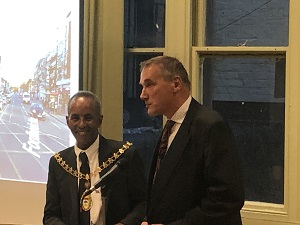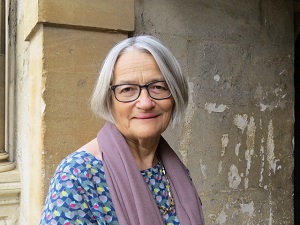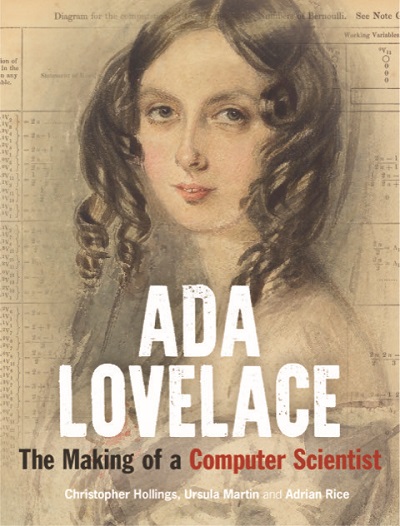World's First Computer Programmer Honoured in Ealing
Ealing Civic Society plaque for Ada Lovelace who lived here as a teenager
A plaque dedicated to Ada Lovelace – the first computer programmer – has been unveiled and will soon be on display next to Ealing Common.

Lovelace, the child of Lord and Lady Byron, lived in Ealing as a teenager and is recognised as a brilliant mathematician in her own right, but also for her work with Charles Babbage developing the world's earliest computers.

(( pic credit: William Hardman) )
Before the plaque unveiling by Ealing Mayor, Abdullah Gulaid, and direct descendent of Lovelace, the Earl of Lytton, retired Oxford professor Ursula Martin spoke about the woman and her groundbreaking work.

It was her social status as a mother with a keen interest in education that allowed Lovelace to establish correspondence with some of the most notable intellectuals of the day, Ms Martin said.
“If you’re going to credit her for something, one of the best ways to describe it is she was one of the first people to realise programming was going to be a big thing.'
Lovelace wrote a paper in 1843, usually referred to by the short title of ‘Notes on the Analytical Engine’, which gave a startlingly accurate idea of what the future was going to look like.

Martin, whose education treads the line between maths and computer science, said Lovelace’s insights were incredibly accurate.
“She’s talking about things like finding bugs and speeding up your programmes, things like that. She got it.'
“She lived in Ealing when she was a teenager and that’s when she was acquiring a lot of that knowledge and a lot of those skills.'
A retired professor from Oxford, Ms Martin turned part historian when she was introduced to the archives in the Bodleian Library.
These archives painted the picture of a very powerful character.
Ms Martin said: “I think she was very determined and very confident. She came from an aristocratic background and I think that went some way.'
The plaque was created by the Ealing Civic Society and will later be displayed on Grimshaw and Co’s offices at 5 Station Parade on the corner of the Uxbridge Road and Fordhook Avenue, where it will be seen by anyone walking along the Uxbridge Road.
It’s a fitting location according to Civic Society spokeswoman, Maggie Gold, who explained Fordbook Avenue actually gets its name from Lovelace’s old family home.
Fordhook, as it was then called, sat on the spot before being demolished around 1900.
Ms Gold outlined the woman’s strong connection to the area: “Part of her education happened in Ealing and she married at her home in Fordhook in 1835.'
“She’s a bit of an invisible figure for quite a long time. Her role and her prominence and only really came to light in the last 50 years or so,' she said.
There is tragedy to Lovelace’s story as well, with the remarkable woman dying at the age of just 36 from cancer.
As Ms Martin laments: “She could have done much more.'
You can find out more about Ealing Civic Society projects at https://ealingcivicsociety.org/
Ged Cann, Local Democracy Reporter
14 May 2019